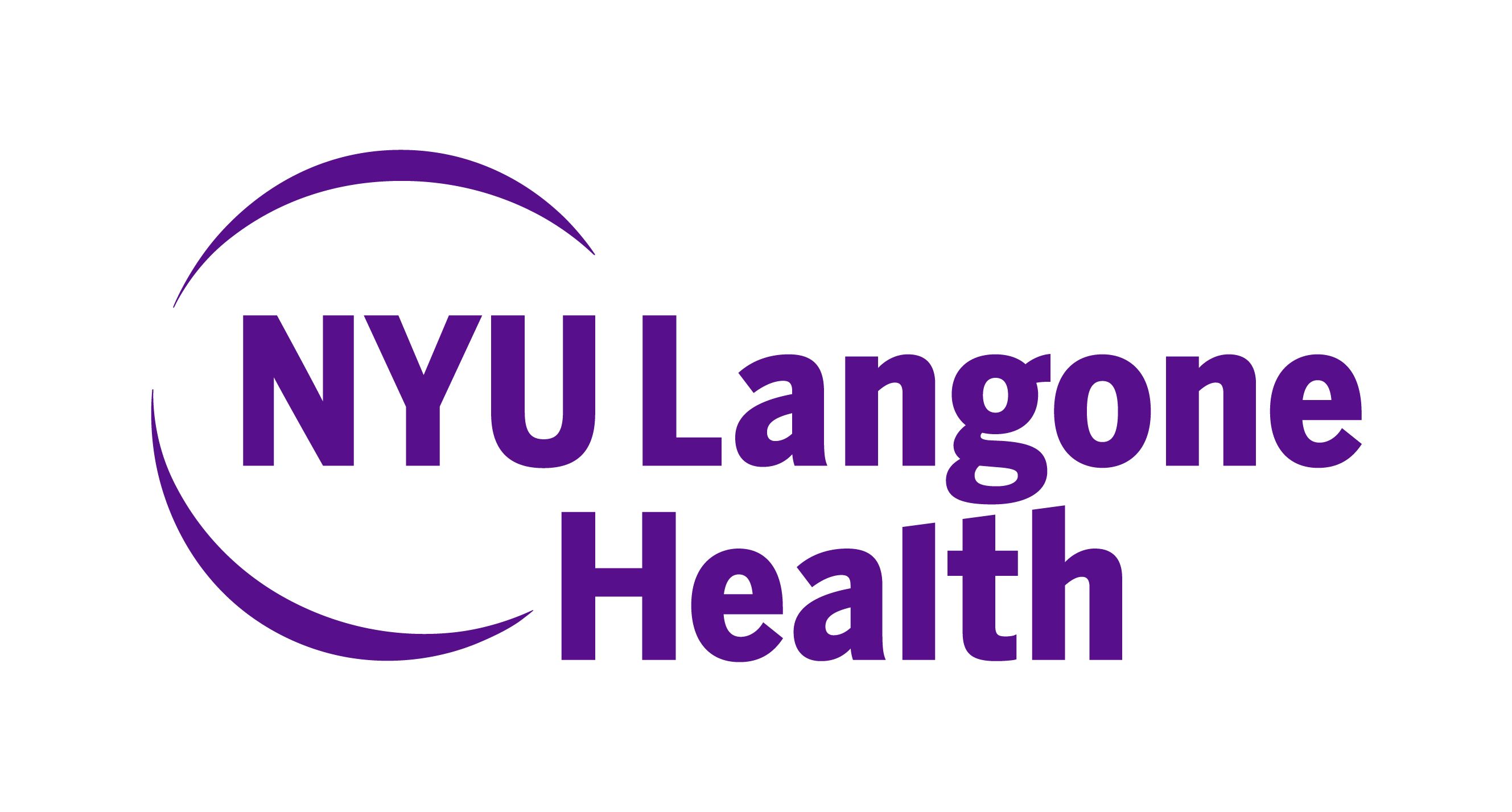
Embracing Telemedicine-Based Interventions in Multiple Sclerosis

Leigh Charvet, PhD, discusses the adoption and potential of validated digital and tele-based approaches for the treatment of multiple sclerosis.
Even prior to the onset of the pandemic and somewhat forced adoption of telemedicine, the conversation pushing for its use was long ongoing, particularly in the care of patients with chronic disease. For patients with multiple sclerosis (MS), this push has been based in the desire to cut back on the repeat visits that can be a challenge for patients.
Additionally, these telemedicine-based visits have opened the door for wider adoption of tele-based interventions. Leigh Charvet, PhD, clinical neuropsychologist, Division of MS, NYU Langone Health, and professor of neurology, NYU Grossman School of Medicine, is among those in the clinical community who have observed the potential of such approaches. For her, there has been a “clear and tremendous” need for these types of interventions in MS, as long as they’re validated.
To find out more about how the community has taken to this addition to the care model, what the effects of such an addition can be, and how this may influence data collection, NeurologyLive spoke with Charvet.
NeurologyLive: In your experience, what have you seen in terms of patients deriving benefit, and do they adapt to these interventions quickly?
Leigh Charvet, PhD: Our whole real mission is to evaluate these therapies so that we can confidently recommend them for use. The original cognitive rehabilitation trial that I was part of, that was a positive trial.1 We found that people did derive benefit. It was a very carefully designed trial and that people had real measurable benefit from doing that. We've also found in several trials now that adding transcranial direct current stimulation (tDCS) on board to therapies can boost that benefit and alleviate fatigue.2,3 So, we have ongoing work to continue to understand that—dosing parameters is a big complication. Really careful study to refine its use is needed, but there have been very powerful signals that these things can work.
But, the discrepancy with my clinical practices—even though I know the research, and I tell people all the time to do this or do that. I'm just like any other provider in that it's very hard. For the patients, it's an uphill battle. For them to go home and adopt those things without the structure in place, it’s an uphill battle. My vision really would be some kind of coaching or structured support. That's what we have accessed, or provided, with the telerehabilitation with the tDCS because we're live with them at every session.
How might these digital and telehealth approaches influence data collection in the study of the MS population?
It will absolutely have a positive effect in that getting therapies evaluated for what we call pragmatic practical use—so very downstream. For very good reasons, clinical trials have rigorous enrollment eligibility criteria because it's a different set of questions. We’re on the total opposite end of the spectrum in that we want to reach as many people living with MS as possible, just to have these tools evaluated. Then we can see that maybe there's a segment or something that wouldn't benefit from it. But let us find out by including everybody. We're much more in on inclusion, and in that, we've been able to demonstrate that it's very important for the evaluation of these types of therapies—any kind of tele- or digital therapeutics—to include the broadest spectrum of people living with MS as possible. That's just so important for so many reasons. There's a segment of people living with MS who are really left out of a lot of clinical trials right now, and they face even more burden to get to a clinic visit to receive some type of therapy for a trial. We've just been really encouraged by being able to reach so many more people that are typically reached in a clinical trial to evaluate these therapies.
What's the 1 thing that the clinical community should be aware of about tele-based therapy and tele-based approaches?
I would really look to see—and sometimes it's frustrating that it's not there—but to see that there's a carefully designed clinical trial that supports its use. My hope is that a trial is done with people living with MS. I find that therapeutics, symptomatic therapeutics in MS are often what I think of as trickle down. They're established in another condition or in another set of patients, and then “Oh, therefore it must work in MS as well.” I very strongly think that people living with MS should be at the forefront of these developments, particularly in this space. I would very much like to have a clinical trial supporting its use, particularly that included and targeted something specific to MS.
The second thing is the gap between even prescribing something directly and its uptake. People are often are going to need some support to onboard, and to actually have act enough to benefit from it, even if it's easily accessed. If it's right there on their phone, there's still a disconnect from them doing that without some kind of support. And I don't think that's in any way specific to MS. That's how we all are. You just need that support and structure to actually use it. That can include provider follow-up as well, for evaluation. Ask the patient, “Did you use it?” Some of these platforms are wonderful in that they include a provider dashboard as well, so they can follow along with their patient and see their patient’s ongoing ratings. For instance, in pain, there's a lot of work in that space for digital therapeutics where the provider and the patient can share a dashboard where pain is rated. Then, they can evaluate what is the level of use and so really it works as a partnership kind of tool in that way that doesn't burden the visit that is useful for it. Those would be things that I would consider. But you know, I am very, especially with so many entries into the space, I just think that it needs to be evidence-based for it to be used.
Transcript edited for clarity.
REFERENCES
1. Charvet LE, Shaw MT, Haider L, Melville P, Krupp LB. Remotely delivered cognitive remediation in multiple sclerosis (MS): protocol and results from a pilot study. Mult Scler J Exp Transl Clin. 2015;1:2055217315609629. doi: 10.1177/2055217315609629.
2. Clayton AM, Howard J, Dobbs B, Shaw MT, Charvet LE. Remotely Supervised Transcranial Direct Current Stimulation After ECT Improves Mood and Cognition in a Patient With Multiple Sclerosis: A Case Study. J ECT. 2018;34(1):e15. doi: 10.1097/YCT.0000000000000474.
3. Charvet LE, Dobbs B, Shaw MT, Bikson M, Datta A, Krupp LB. Remotely supervised transcranial direct current stimulation for the treatment of fatigue in multiple sclerosis: Results from a randomized, sham-controlled trial. Mult Scler. 2018;24(13):1760-1769. doi: 10.1177/1352458517732842
Newsletter
Keep your finger on the pulse of neurology—subscribe to NeurologyLive for expert interviews, new data, and breakthrough treatment updates.



























